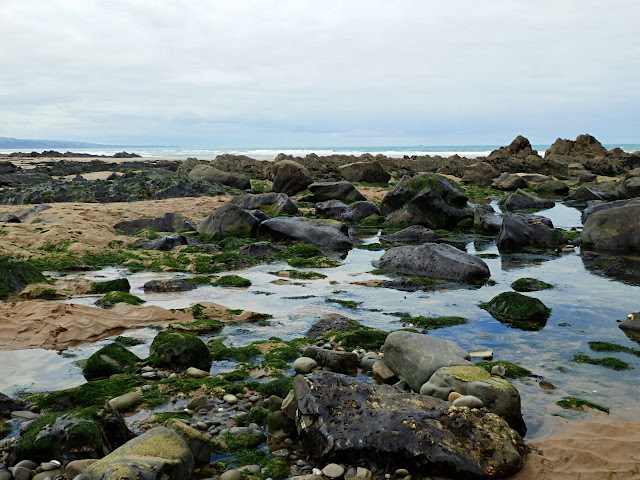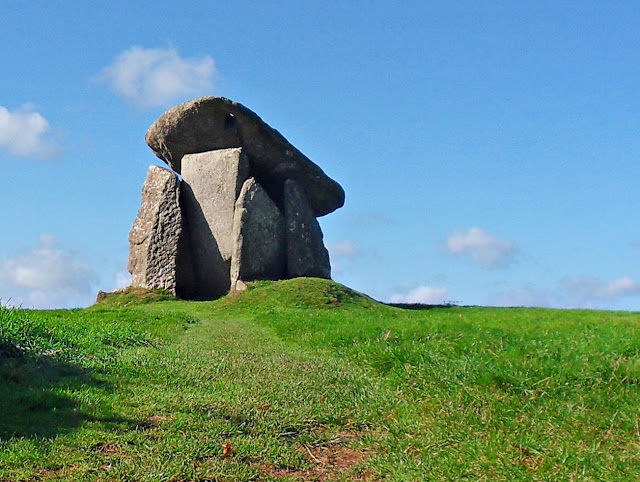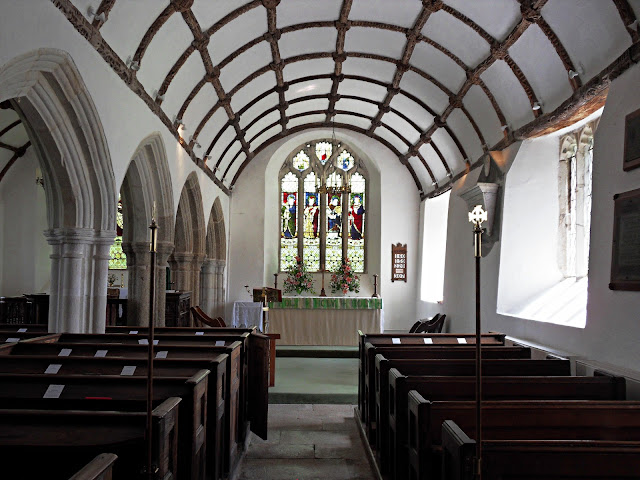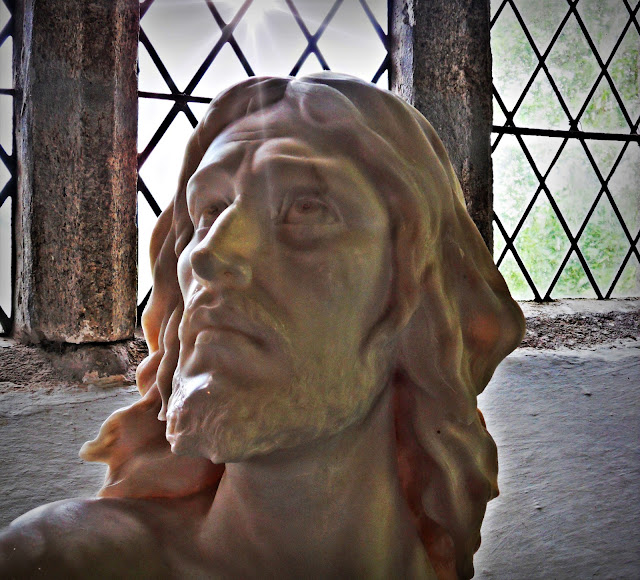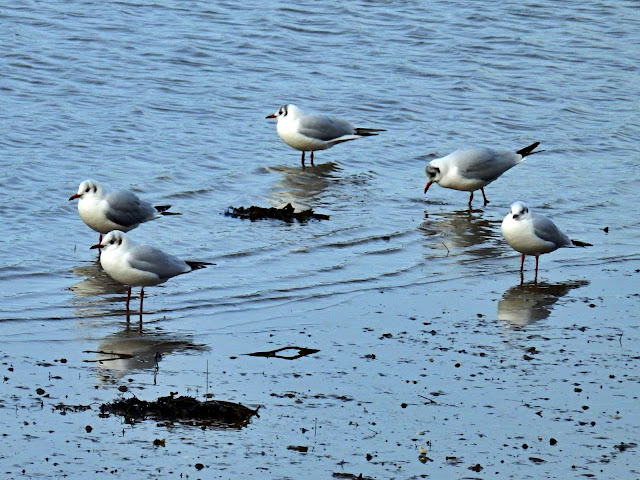Northcott Mouth, on Cornwall's north coast, is described as a rocky beach with expansive sand and rock pools as the tide drops. What fascinated me though were the wonderful rocks - the colours, the shapes and so on.
We'd never been to Northcott Mouth previously and spent an age just looking at the cliffs, rock pools and rocks generally. It was lovely as we were the only people on the beach. The dullness of the day must have put people off walking.
I'll let the photos tell there own story.

|





